A lot of people believe the main difference between wall tiles and floor tiles is their size. There is also a widespread belief that porcelain tiles are meant for floors while ceramic tiles are used for walls, which is yet another myth that needs to be dispelled. As it turns out, neither of those statements are true.
So, can you use the same tile on the floor and walls? Unfortunately, the answer is not as straightforward as you might think.
When it comes to wall vs floor tiles, the differences between the two are much more distinct than their dimensions and appearance. Of course, the innovation in design trends and technological advancements may have blurred the lines between these two types of tiles to some extent, making it a little confusing for novice decorators and homeowners to choose the perfect option for their home. However, since we have already discussed the best types of tiles for each room in your house in great detail, it’s about time we take a look at the key differences between floor and wall tiles.

Floor Tile vs Wall Tile: What’s the Difference?
These are some of the main differences between the floor and wall tiles that you must be aware of.
Appearance of Tiles
Both floor and wall tiles come in a wide variety of designs, colours, shapes and sizes. That means there is no significant difference between the two except one of them is stylistically smaller and thinner than the other.
Generally, floor tiles are larger and thicker whereas wall tiles are relatively small and lightweight. This not only makes their respective installations easier but also have an effect on the aesthetics of your home since the average 18×۱۸ inch porcelain or ceramic tiles would not only look gaudy and outdated if installed on the walls but will also overpower the rest of your décor.
Slipperiness
Every type of tile has a Coefficient of Friction or COF rating that determines their slipperiness. Tiles with higher COF have greater levels of friction making them much easier and safer to walk on without any slippage. Therefore, floor tiles usually have a higher COF rating. Meanwhile, tiles with lower COF are relatively more slippery. Since friction is not an issue with different wall tiles, you may often see glass and other slick materials used as wall coverings.
Strength and Hardness
The Porcelain Enamel Institute or PEI rating is yet another important factor in the wall vs floor tiles debate. This rating determines the strength and rigidity of tiles. The Porcelain Enamel Institute classifies tiles into five categories to measure how much wear and tear they can withstand without breaking or cracking.
Here’s a breakdown that will help you better understand the difference between wall tiles and floor tiles.
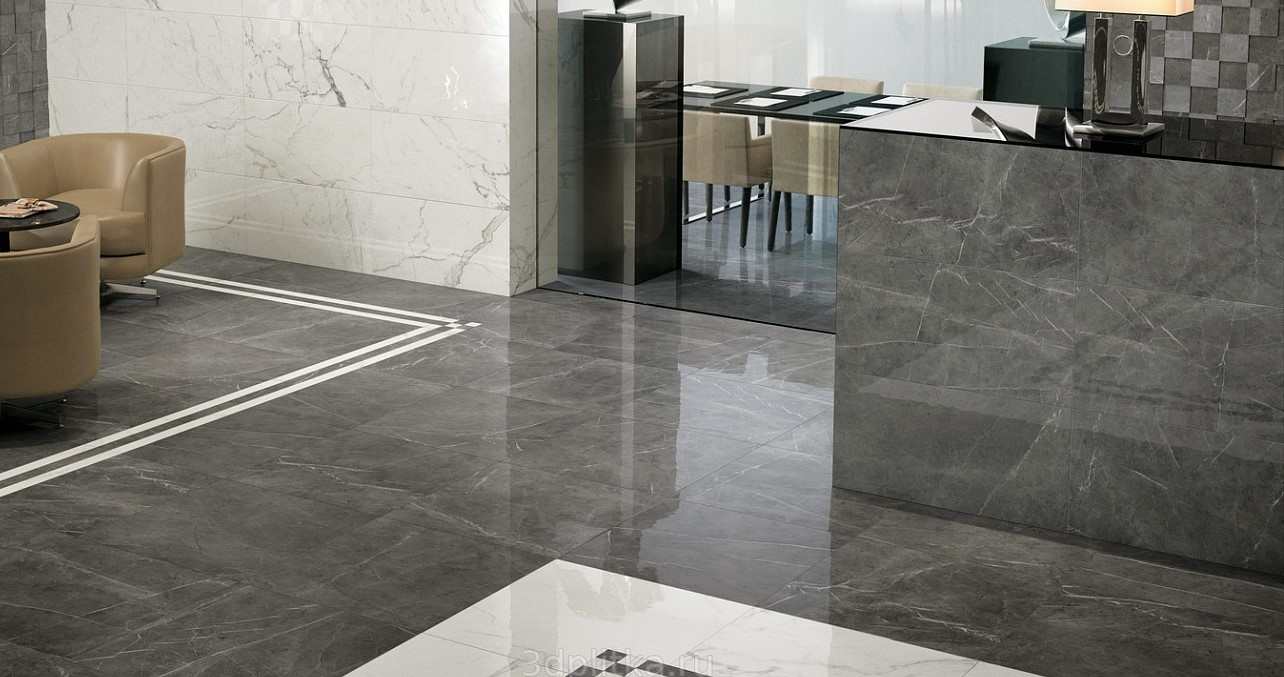
Class 0: Not suitable for any traffic, can only be installed on walls.
Class I: Suitable for areas with very light traffic as they can be scratched and marked very easily.
Class II: Can be installed in areas of the home that don’t see much foot traffic. These tiles must also be protected for abrasive materials.
Class III: These tiles are perfect for moderate traffic and can be used in areas that are not exposed to excessive dirt and dust.
Class IV: Suitable for both residential and commercial settings as these tiles can withstand significant traffic.
Class V: Tiles with this PEI rating are used in areas with heavy-duty foot traffic.
Therefore, always ask the salesperson about the PEI specification of the tiles before purchasing them.
You should also check out our tips on how to determine the quality of marble and ceramic tiles for some useful pointers.
Durability and Maintenance
As mentioned above, wall tiles are stylistically thinner than floor tiles. This means they are easier to crack under pressure compared to the floor tiles, which are usually stronger and thicker than their counterparts.
However, despite being relatively less dense and lighter than floor tiles, wall tiles can last for decades if treated with care. In other words, both types of walls are perfectly durable for wall installation. But if you are looking for new flooring, it is recommended to opt for the floor tiles.
The maintenance also plays a big role in this regard. Here are a few budget-friendly ways to clean and maintain different types of floor tiles that you must check out.

Heat and Moisture Resistance
Whether you opt for ceramic or porcelain wall tiles, they are both almost equally resistant to heat and moisture. This is because your walls do not come in contact with water and hot objects as frequently as your floors do.
As floor tiles are thicker than their counterparts, they display higher heat resistance.
The Lifespan of Different Types of Tiles
If maintained properly, a good-quality tile can last for up to 50 years or more. In practice, both wall and floor tiles have a similar lifespan. However, since wall tiles are thinner, they are prone to breakage if installed on floors. Thick floor tiles may also crack if something extremely heavy falls on them.
Here is a detailed guide on how to prevent and fix cracked tiles that will help make the tiles in your home last for a long time.
Installation of Wall vs Floor Tiles
The installation process of floor tile vs wall tile is pretty similar. If you are going the DIY route, you must start with an underlayment of cement backboards. Next, apply a thin-set adhesive with a notched trowel on the subfloor and wall to install the floor and wall tiles respectively. Once the tiles are dry, fill the joints between them with grout and seal the surface once the material hardens.
It is important to mention there is a small difference between wall and floor grout. Traditionally, floor grout contains a larger quantity of sand as it reduces cracking and shrinkage in larger joints. You can also use this type of grout on wall tiles that have wider joints. Similarly, wall grout can be used on floors with smaller joints.
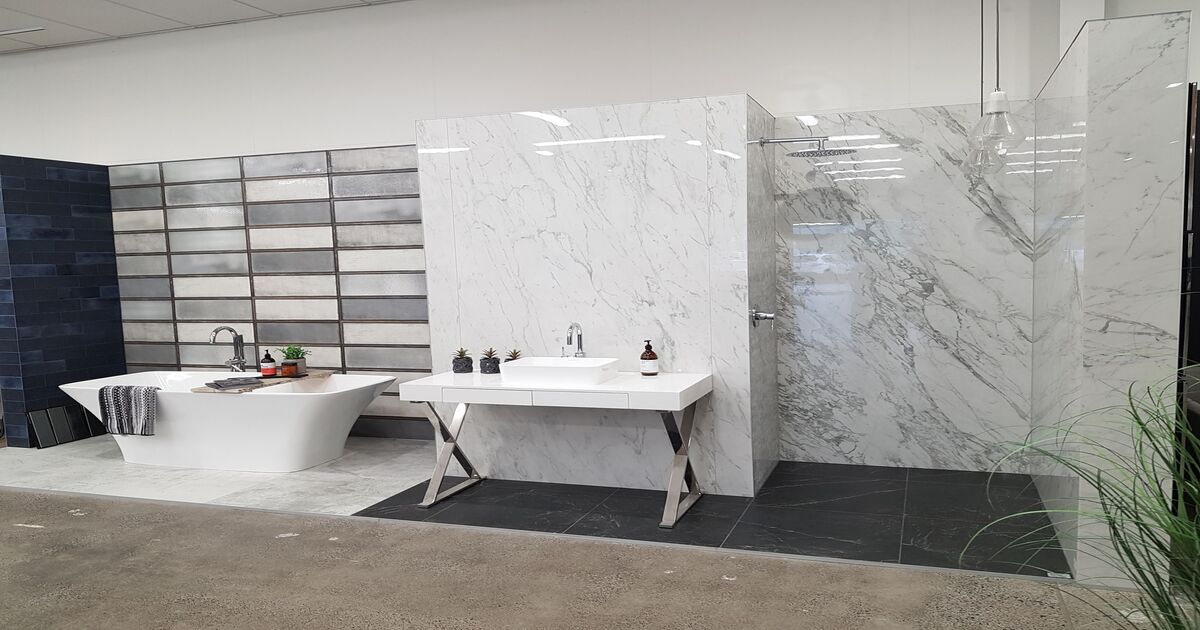
Cost of Tiles in Iran
The material, quality, size, shape and design of tiles have a huge impact on their cost.
If you are in the market for new floor or wall tiles, you may have already noticed that porcelain floor and wall tiles almost cost the same. The same goes for ceramic and other types of tiles available in iran. Of course, tiles that are glazed, large or have intricate design tend to be more expensive than small in plain colours.
To learn more, refer to our guide on types of flooring tiles in iran and their prices. You can also check out at our tips on how to select the right tiles for your kitchen as well as which type of tiles are better for your shower for more ideas.
So, coming back to our earlier question – “can you use floor tiles on walls?”
To put it simply, wall tiles are only suitable for walls whereas floor tiles can be installed on either of the surfaces. It is also worth mentioning that larger and heavier floor tiles may fall and break if installed on walls.
Hopefully, this guide has answered your most pressing concerns about the main difference between wall tiles and floor tiles.
For more information on this topic, stay connected to CPG’s blog, the best blog in the field of ceramic tiles.
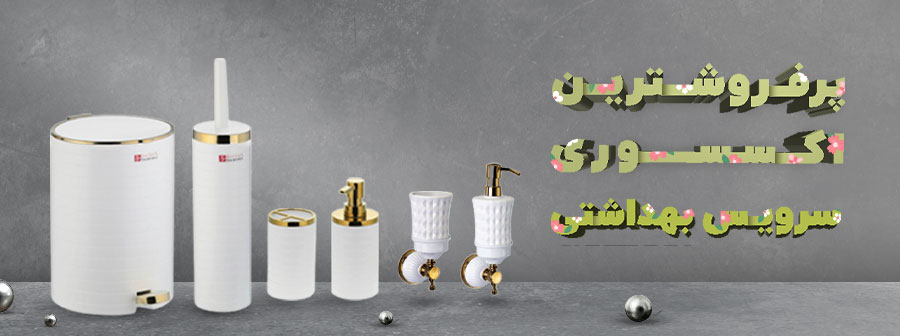
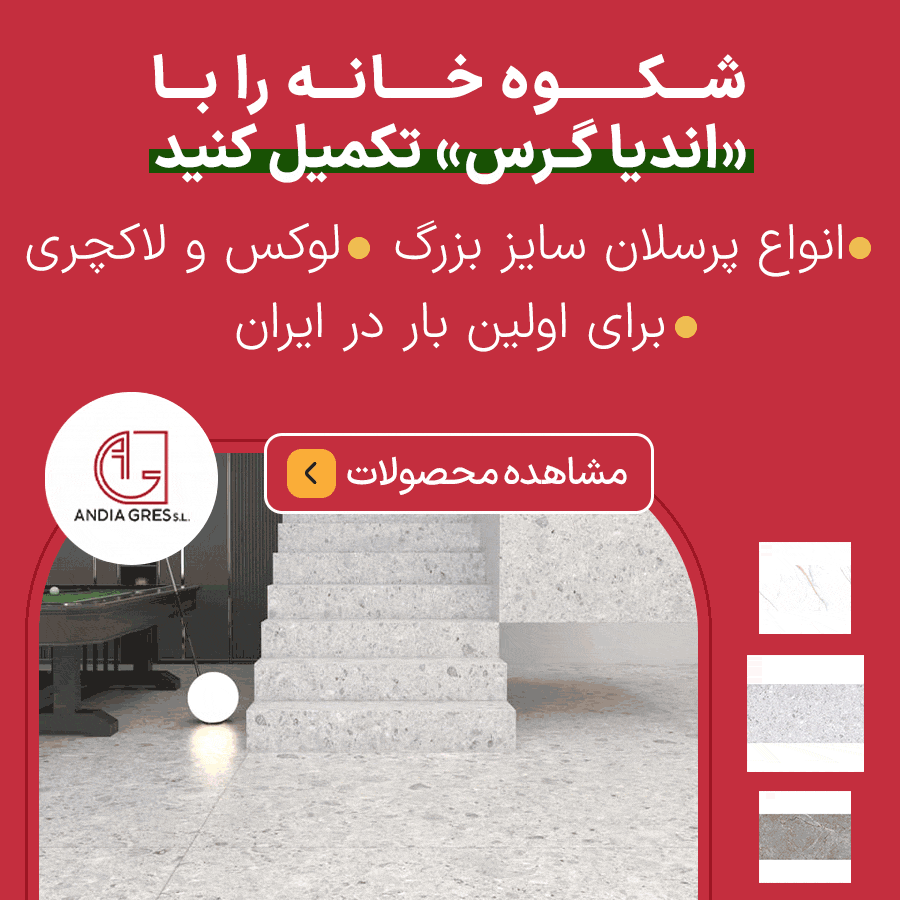


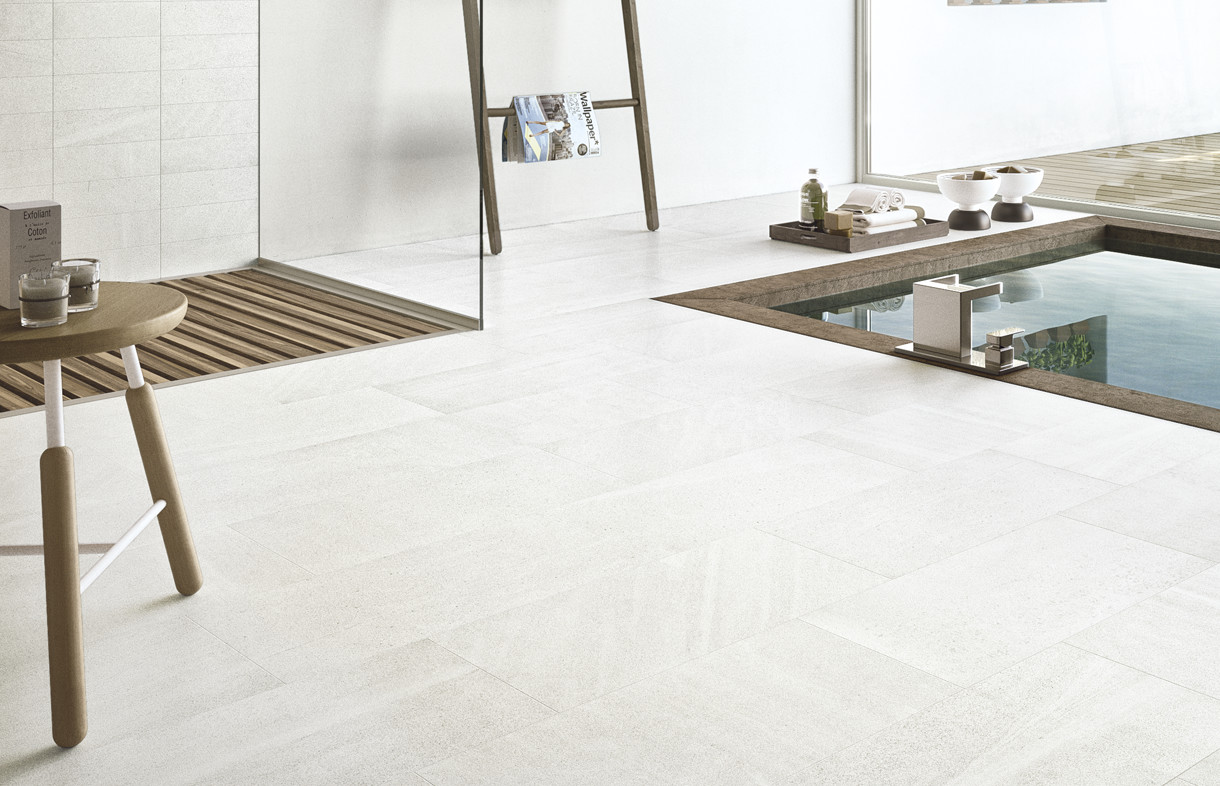

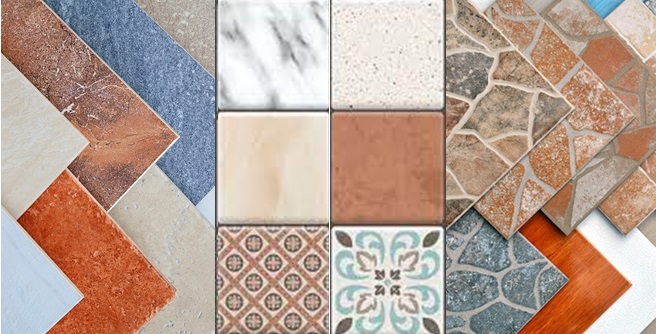



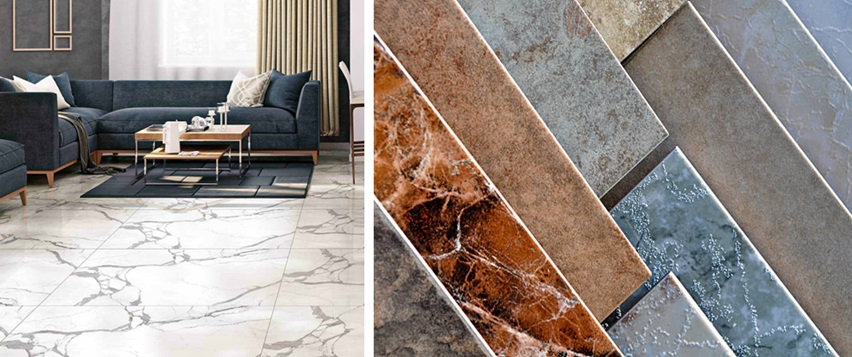

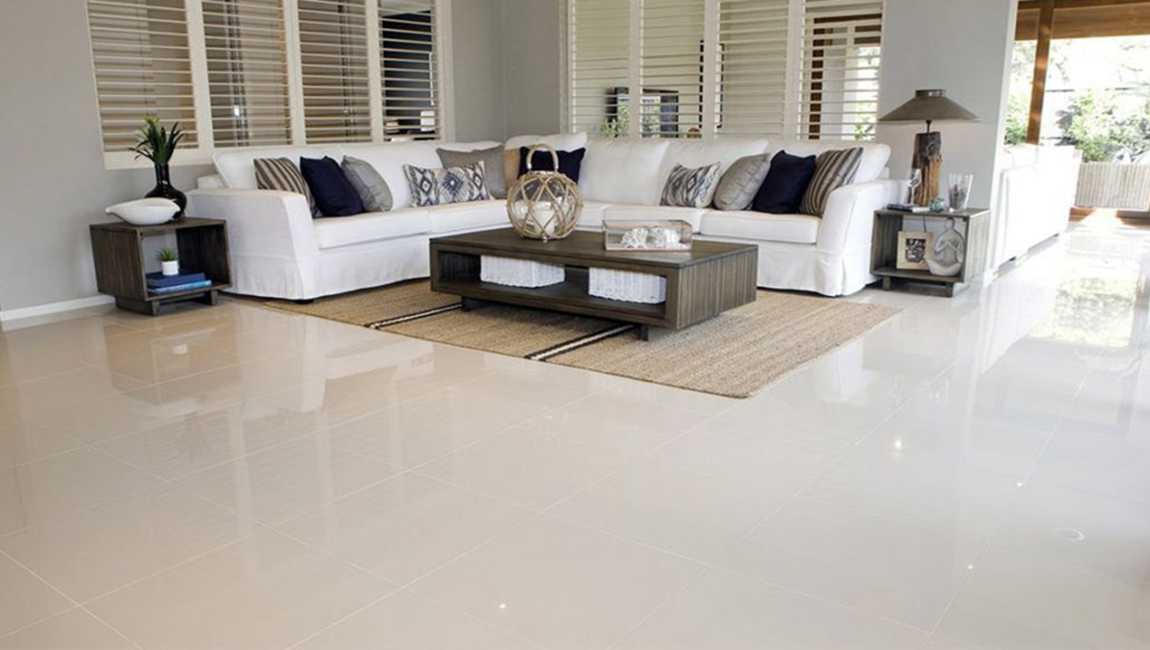
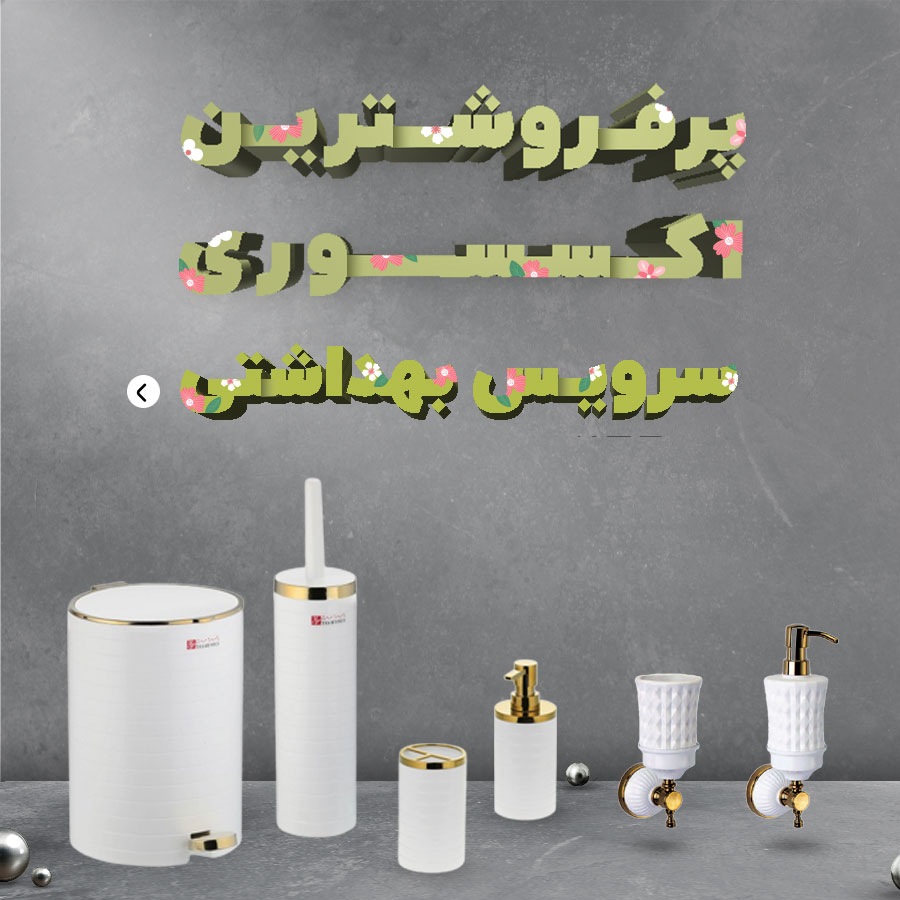

نظرات ۰